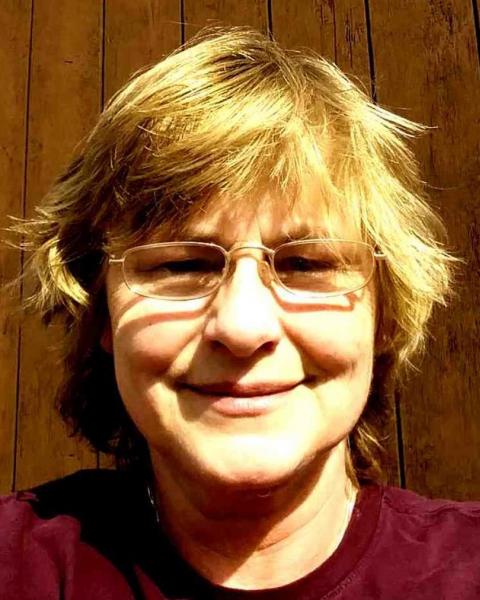How to Help Collapsing Insect Populations

It is now widely known and acknowledged that insect populations are collapsing, not just in New England and thus in New Hampshire, but globally. Included in this collapse are the highly beneficial pollinators such as butterflies, bees (including honey bees), and their kin.
“One of every three bites of food we eat is dependent on pollinators, such as bees, butterflies, and other critters, that play an enormous role in plant reproduction. Pollinators provide approximately $20 billion worth of pollination for American crops each year,” according to the Natural Resources Conservation Service (NRCS). That amounts to a great deal of loss, in more ways than one.
Personally, I am a bit of an amateur entomologist, and I keep a list of any newly identified species as I find them in our yard. To help insects, we have always kept patches of land planted with wildflower mixes, to which we generously like to add our own collected seeds from the Common Milkweed (Asclepias syriaca) and the common Purple Coneflower (Echinacea purpurea). I coveted any flourishing patches of the Butterfly Milkweed (Asclepias tuberosa), as I never managed to find the plant in garden centers to establish in our yard. Since becoming aware more recently about the plight of our pollinators, we decided, two summers ago, to intensify our efforts to help again, beyond just having some insect-friendly bushes and bee hotels.
We prepared a small area (about 40 x 25 feet) in the back of the garden and covered it with a region-appropriate wildflower mix (Vermont Wildflower Farm). By last summer, a decent variety and quantity of wildflowers appeared. Even better, we were able to observe very convincing numbers of insects cavorting within the area, from grasshoppers, various species of bees, including honey and bumblebees, hover flies, a selection of beetles, and dragonflies. Interestingly, most of the wildflowers re-generated themselves, so there was no need to re-seed the patch and it also acquired a number of extra self-seeded Common Milkweed plants. In addition, we observed a number of butterflies joining the crowd, including a couple of Monarchs.
As well as the wildflower zone, we have also started to mow the lawn in such a way as to leave small patches of Dandelion flowers in early spring, and patches of clover flowers in early summer. Dandelions are much maligned, but to me, they add a lovely splash of yellow, and they are so very popular with the honey bees, at a time when there is little else for them to alight on.
It is similarly so with the patches of clover. It was hard to believe the numbers of honey bees that these small (mostly some 6ft x 6ft) patches were visited by. There is a CSA Farm just down the road from us, and they use bee hives in season. I joked that I was going to charge rent for (most likely) the farm’s bees coming to avail themselves of our clover.
With the success of our own limited garden ‘experiment’ in mind, I became interested in what was happening up and down NH to try and encourage the pollinators’ return. I discovered that, some four years ago, the Kingston Conservation Commission (KCC), with Evelyn Nathan at the helm, and with the aid of a small grant, organized the planting of a wildflower garden. The beauty of this work was that the local Elementary school students were able to take part in the project (photos 1 & 2), with the help of their teachers and counselors (National Pollinators Week a Success in Kingston).
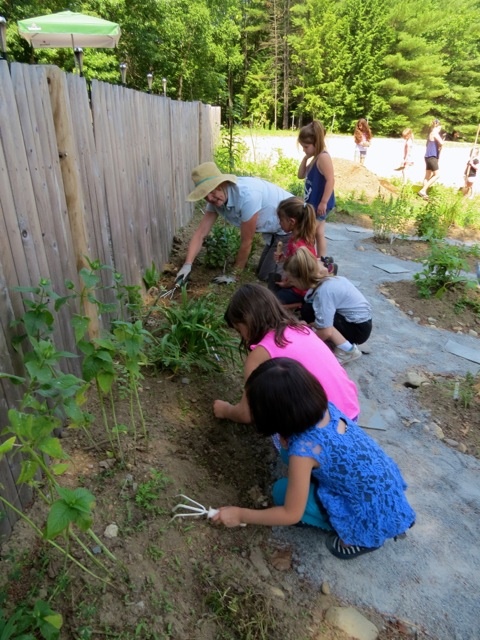 photo credit: Evelyn Nathan
photo credit: Evelyn Nathan
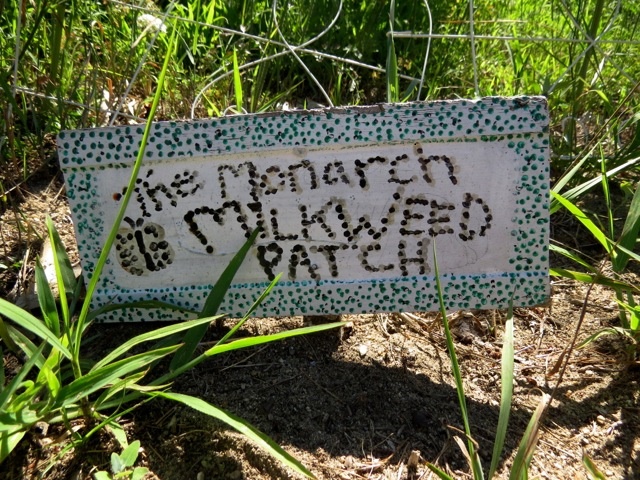 photo credit: Evelyn Nathan
photo credit: Evelyn Nathan
Building on the success of this previous experience (for example the sightings of Monarch butterflies over the past two years – photo 3), the KCC have recently sent a letter to residents outlining their upcoming “Kingston’s Pollinator Pathways” project”, led by Marghi Bean (see article Kingston’s Pollinator Corridor Project). The project’s message is simple, yet persuasive: let’s plant native wildflowers on selected patches of land, and let’s leave some areas to go wild a little. The expected benefits will be great for not much cost or effort.
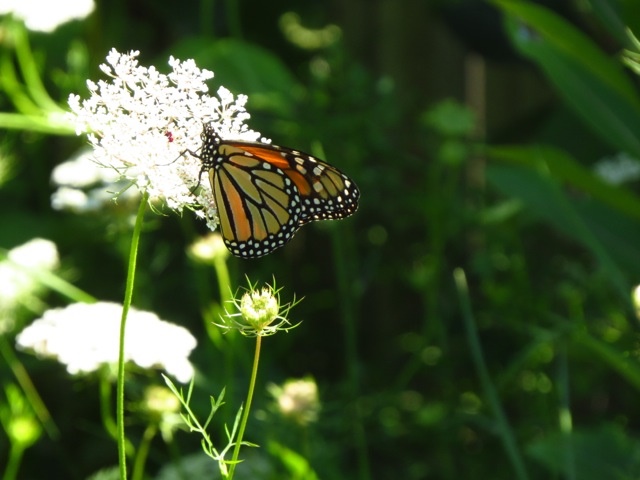 photo credit: Evelyn Nathan
photo credit: Evelyn Nathan
It is very much hoped, that the KCC’s work will encourage other NH towns to follow suit. There is state-wide interest and awareness of the problem and one reason for this article is to generate new enthusiasm and momentum to help make this happen.
Included at the bottom are links and resources to a wealth of further information about this topic, so please, do check them out.
We can all so easily help our critters in need, and reap the benefits of a healthy environment, fresh seasonal food, and exciting eye-catching scenes. We can go from this:
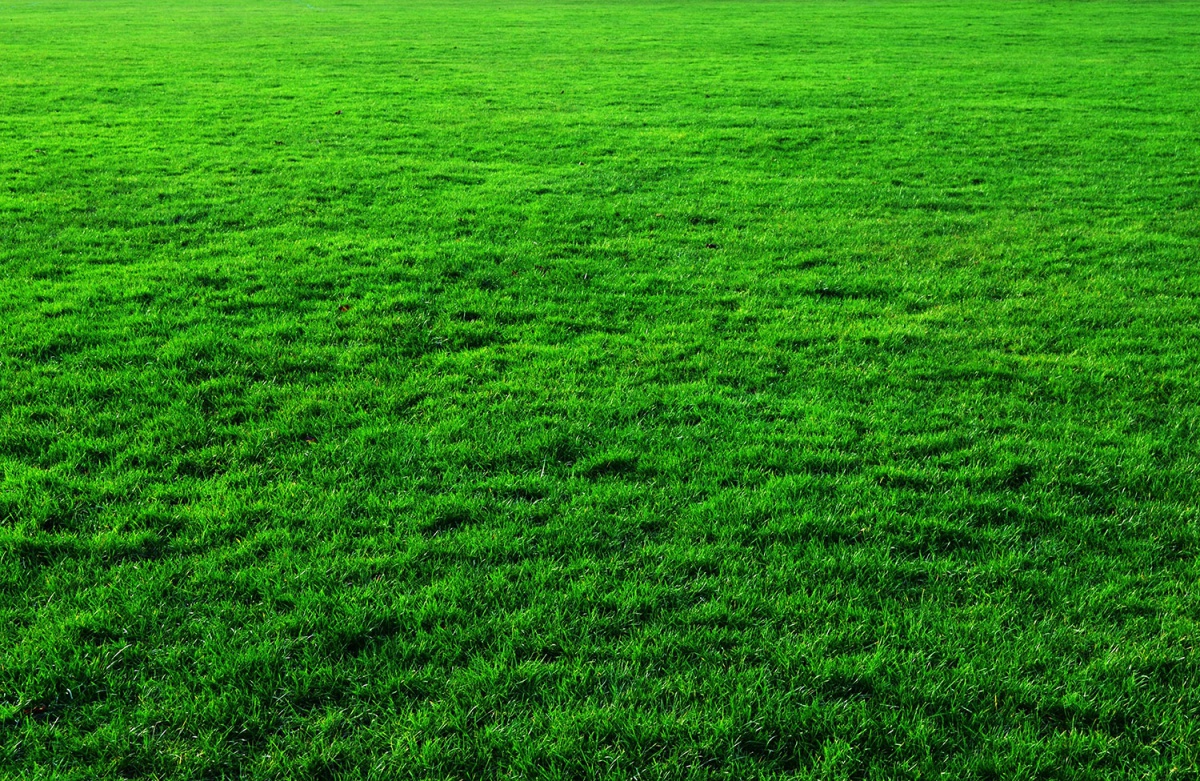 photo credit: Public Domain
photo credit: Public Domain
to this:
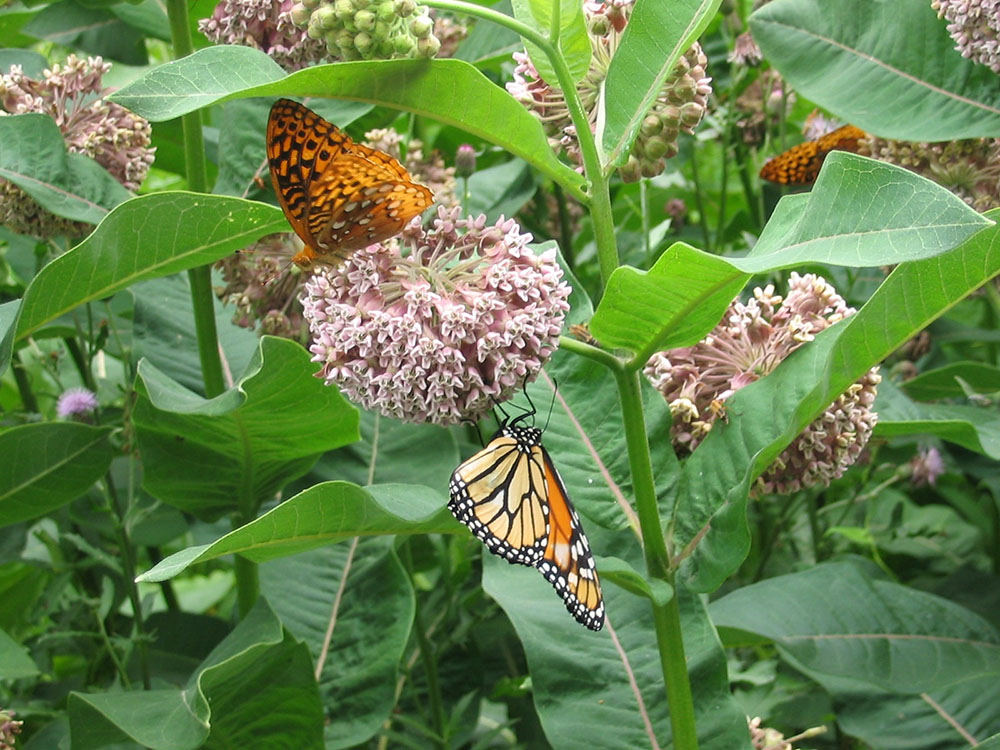 photo credit: Andrew G. Hughes
photo credit: Andrew G. Hughes
And, let’s not forget we would also be helping these:
 photo credit: B. Buchanan- US Fish and Wildlife
photo credit: B. Buchanan- US Fish and Wildlife
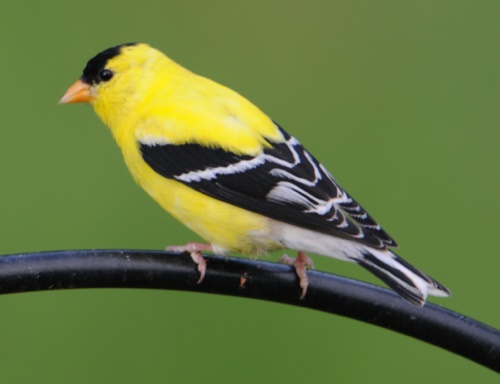 photo credit: T. A. Hermann- US Fish and Wildlife
photo credit: T. A. Hermann- US Fish and Wildlife
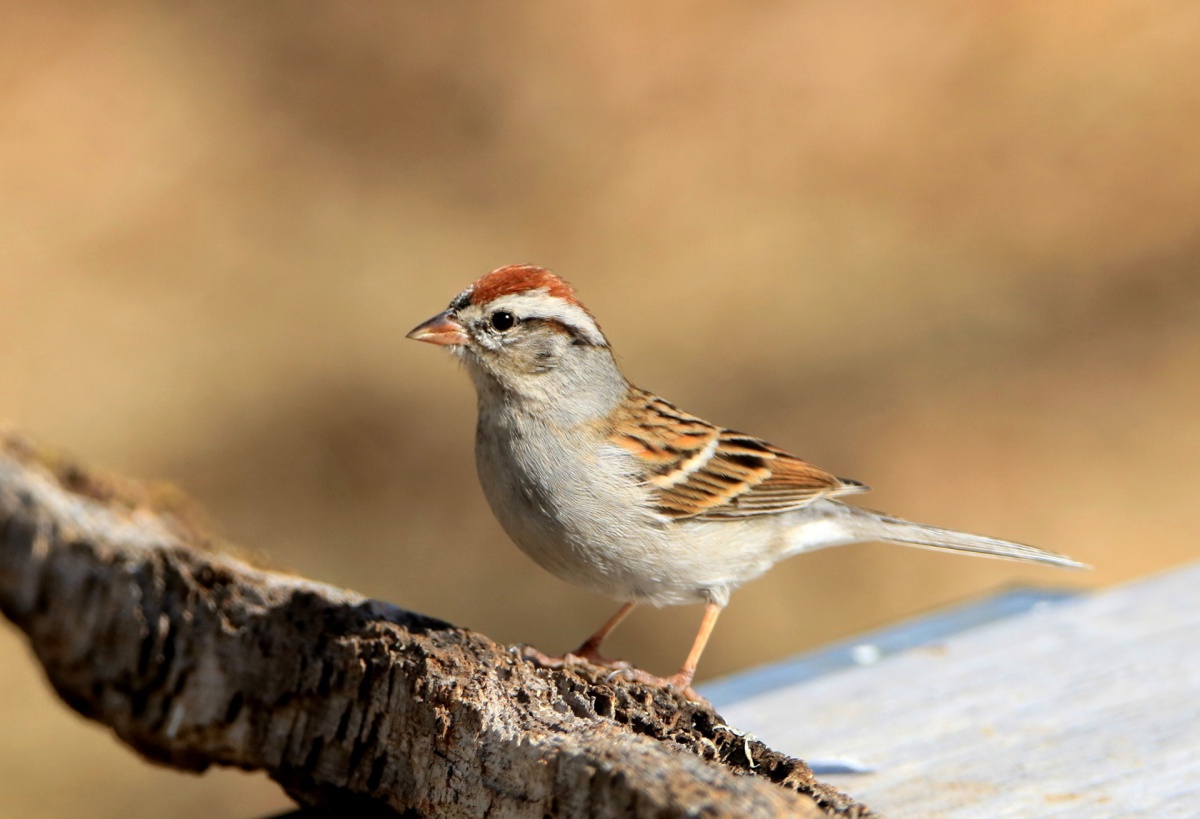 photo credit: PublicDomainPictures.net
photo credit: PublicDomainPictures.net
Resources:
- If you want to help pollinators in New Hampshire, what should you plant? - https://granitegeek.concordmonitor.com/2018/07/02/if-you-want-to-help-pollinators-in-new-hampshire-what-should-you-plant/
- The Pollinator Partnership - https://pollinator.org/
- Harris Center for Conservation Education Pollinator Garden - https://harriscenter.org/trails-grounds-facilities/pollinator-garden
- UNH Scientists Develop Wildflower Mixes and Strategies to Support State’s Native Pollinators - https://www.colsa.unh.edu/nhaes/article/2018/07/wildflowers
- Wildflower Meadows - Plant Selection and Establishment - https://extension.unh.edu/resource/wildflower-meadows-plant-selection-and-establishment
- Grantham (NH) Garden Club Resource List for Bees, Bumblebees and Blooms - https://www.granthamgardenclub.org/pollinator-information.html
- NH Audubon’s Pollinator events: http://www.nhaudubon.org/?s=pollinator
Yvonne Beran is a UNH Cooperative Extension Master Gardener, Natural Resources Steward and NH Coverts Cooperator. She also volunteers for the Milford, NH Conservation Commission.
